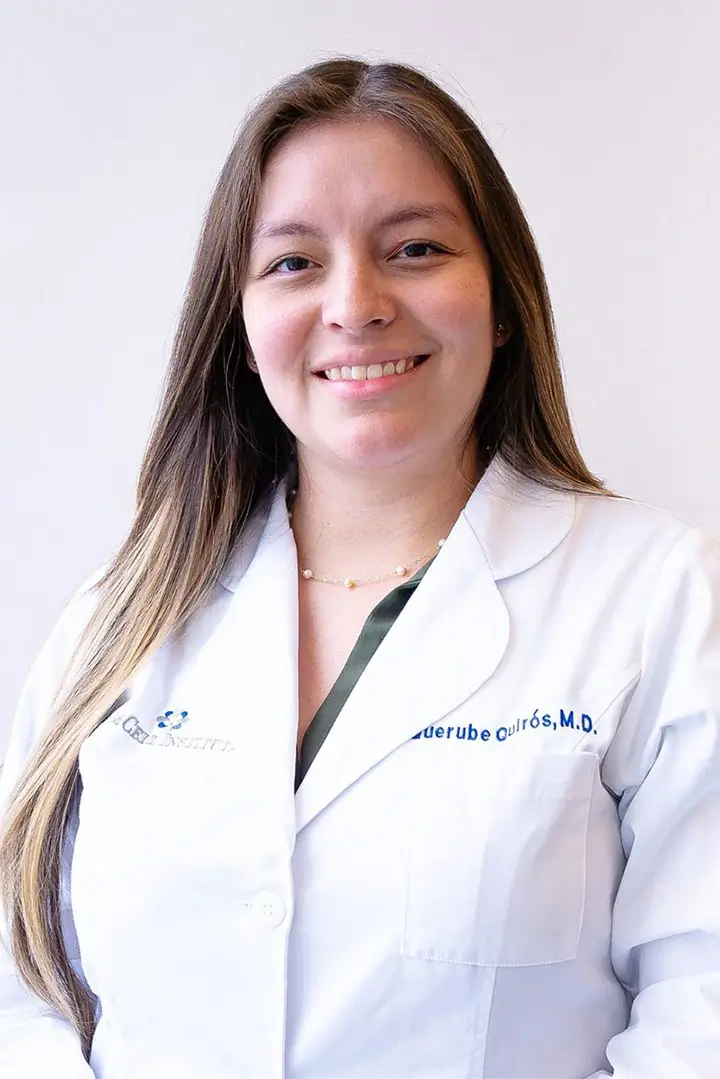Thomas H. Maugh II, Los Angeles Times
Researchers from Georgetown University Medical Center in Washington DC reported today at the Annual Meeting of the American Society of Cell Biology that sperm contains stem cells capable of becoming beta cells. The beta cells are the insulin producing cells of the pancreas which are damaged/destroyed in patients with Type 1 diabetes.
Conventionally adult stem cells are found in the bone marrow, fat tissue, and cord blood. Recent studies have identified stem cells in places such as menstrual blood (endometrial regenerative cells), hair follicles, and baby teeth. The finding that stem cells from sperm are capable of generating insulin-producing cells has several major implications. For one, males could theoretically bank their own stem cells and use them in the future. Currently transplants with beta cells or pancreatic transplants have the drawback that there are not enough donors and also that the recipient is required to receive life-long immune suppression.
The lead scientist of the finding is biochemist G. Ian Gallicano of Georgetown and his colleagues obtained tissue from human testes from recently deceased donors and placed them in a special growth medium in the laboratory, where they began producing insulin. “These are true pluripotent stem cells,” he said in a statement. When transplanted into the backs of immune-deficient mice, the cells cured diabetes for about a week before dying. More recent results, Gallicano said, show that the researchers are able to produce more insulin-producing cells and keep them alive longer. The challenge, he noted, is to make them survive for very long periods of time in the recipient.
Dr. Gallicano and his team previous published in the peer reviewed journal Stem Cells and Development (Golestaneh et al. Pluripotent stem cells derived from adult human testes Stem Cells Dev. 2009 Oct;18(8):1115-26) that the testes contains spermatogonial stem cells (SSCs) which are capable of converting to embryonic stem (ES)-like cells which can differentiate into all three germ layers and organ lineages.
The importance of the current research is that these stem cells can actually exhibit function when administered to animals. It will be interesting to see if other organ functions may be restored by use of these stem cells.

